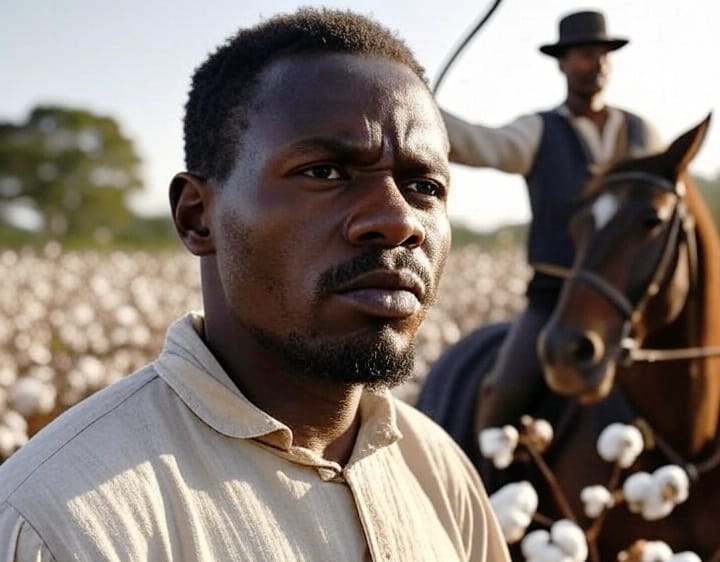📜 Kavirondo Tax Payers & Welfare Association
From political activism to social welfare (1921-1944)
⏳ Timeline at a Glance
- 🔴 Dec 1921: Founded as Young Kavirondo Association (YKA)
- 🟠 1922: Presented demands to colonial authorities
- 🟡 1923: Renamed to KTWA under Archdeacon Owen
- 🟢 1931: Split into Luo and Luhya factions
- 🔵 1944: Association became extinct
🌱 Founding of YKA (1921)
Formed in December 1921 at a Baraza in Ludha, Central Nyanza by mission-educated Luo and Luhyia men to discuss issues affecting African communities.
👥 Founding Leadership
Chairman
Treasurer
Secretary
📢 Key Political Demands (1921-1923)
- ✊ Change Kenya’s status from colony to protectorate
- 🏫 Government school in Central Nyanza
- 🗳️ Self-government for Nyanza with elected president
- ⛔ End to forced labor and labor camps
- 🌍 Stop land alienation
- 👑 Paramount chief for Central/South Nyanza
- 📛 Removal of Kipande System
- 📜 Land title deeds
- 💲 Removal of hut tax
- 💰 Better wages for Africans
🤝 Government Response (1922)
After meetings with Nyanza PC (May 1922) and Governor Northey (July 1922 at Nyahera):
- ✅ Agreed to close labor camps
- ✅ Reduced taxation
- ❌ Rejected revocation of Crown Colony Status
🔄 Transition to KTWA (1923)
Fearing ban (like EAA), Jonathan Okwiri handed leadership to Archdeacon Owen. Changes included:
- 🆕 Name change to Kavirondo Tax Payers and Welfare Association
- 🔀 Shift from political to social issues:
- 🐀 Killing rats
- 🚽 Digging latrines
- 🧹 Keeping compounds clean
- 📝 Adopted written memoranda for grievances
- 👔 All Nyanza chiefs made vice-presidents
⚔️ Split & Decline (1931-1944)
1931 Split:
Remained as KTWA
Formed North Kavirondo Central Association (NKCA), linked to KCA
NKCA Objectives:
- 🛑 Stop land alienation after Kakamega Gold Rush (1930s)
- 💵 Demand compensation for taken lands
Final Decline:
By 1944, leaders were co-opted into colonial administration:
- 👨⚖️ Okwiri became chief
- 🏛️ Owuor, Nyende, Okwiri joined LNC
- ⚰️ KTWA became extinct
🔑 Historical Significance
First major political organization in Western Kenya
Addressed land, labor, education and governance
Shows how colonial government co-opted moderate leaders
Precursor to later Luo/Luhya political organizations

